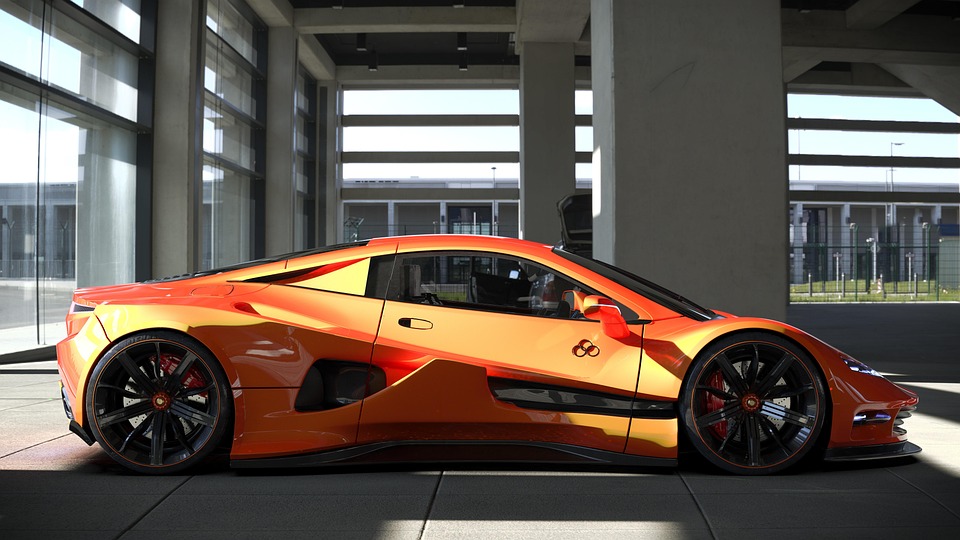The Power of Pop Art: How Warhol and Lichtenstein Transformed the Art World
Pop art emerged in the 1950s and 1960s as a reaction against traditional artistic styles. Artists like Andy Warhol and Roy Lichtenstein revolutionized the art world with their bold, colorful, and often humorous works. Their use of popular culture icons and mass-produced imagery changed the way people thought about art and its place in society. Let’s explore how Warhol and Lichtenstein transformed the art world with their iconic pop art creations.
Andy Warhol: The King of Pop Art
Andy Warhol was one of the most influential pop artists of the 20th century. His unique style of blending high art with mass-produced images made him a household name. Warhol’s most famous works include his Campbell’s Soup Can series, which featured 32 canvases depicting various flavors of the iconic soup brand. Warhol also created portraits of celebrities like Marilyn Monroe and Elvis Presley, using his signature silkscreen technique.
Warhol’s artistic vision was deeply rooted in the consumer-driven society of the 1960s. He believed that art should be accessible to the masses and sought to democratize the art world by making his works widely available. Warhol’s use of bright colors, bold lines, and repetition became synonymous with the pop art movement, and his influence can still be seen in contemporary art today.
Roy Lichtenstein: The Master of Comic Book Art
Roy Lichtenstein is another iconic figure in the pop art movement. Known for his paintings inspired by comic strips, Lichtenstein’s work often featured bold, black outlines and Ben-Day dots to mimic the printing process used in comic books. His most famous piece, “Whaam!”, depicts a dramatic airplane battle scene taken from a DC Comics publication.
Lichtenstein’s work blurred the line between high and low art, elevating the imagery of popular culture to a fine art form. By appropriating comic book panels and advertisements, Lichtenstein challenged the conventions of traditional art and redefined what could be considered art. His influence on the pop art movement continues to be felt today, with many contemporary artists drawing inspiration from his iconic style.
Pop Art’s Lasting Legacy
The impact of pop art cannot be overstated. Warhol and Lichtenstein’s innovative approaches to art paved the way for future generations of artists to explore new techniques and subject matter. Their use of mass-produced imagery and popular culture icons brought art to the masses and challenged the elitism of the art world. Pop art continues to be a relevant and influential movement in contemporary art, with artists like Jeff Koons and Takashi Murakami carrying on the legacy of Warhol and Lichtenstein.
Pop art’s vibrant colors, bold lines, and playful compositions have captivated audiences for decades, making it one of the most enduring art movements in history. The power of pop art lies in its ability to connect with people on a visceral level, tapping into the collective consciousness of society and reflecting the cultural zeitgeist of the time.
FAQs
What is pop art?
Pop art is a movement in modern art that emerged in the 1950s and 1960s. It incorporates popular culture icons, mass-produced imagery, and bold, colorful designs to challenge traditional artistic conventions.
Who are some famous pop art artists?
Andy Warhol and Roy Lichtenstein are two of the most famous pop art artists. Other notable figures in the movement include Claes Oldenburg, James Rosenquist, and Keith Haring.
What is the significance of pop art?
Pop art revolutionized the art world by challenging traditional notions of art and elevating popular culture to a fine art form. It democratized the art world, making art more accessible to the masses and reflecting the cultural zeitgeist of the time.
Discover more from System Ent Corp
Subscribe to get the latest posts sent to your email.

